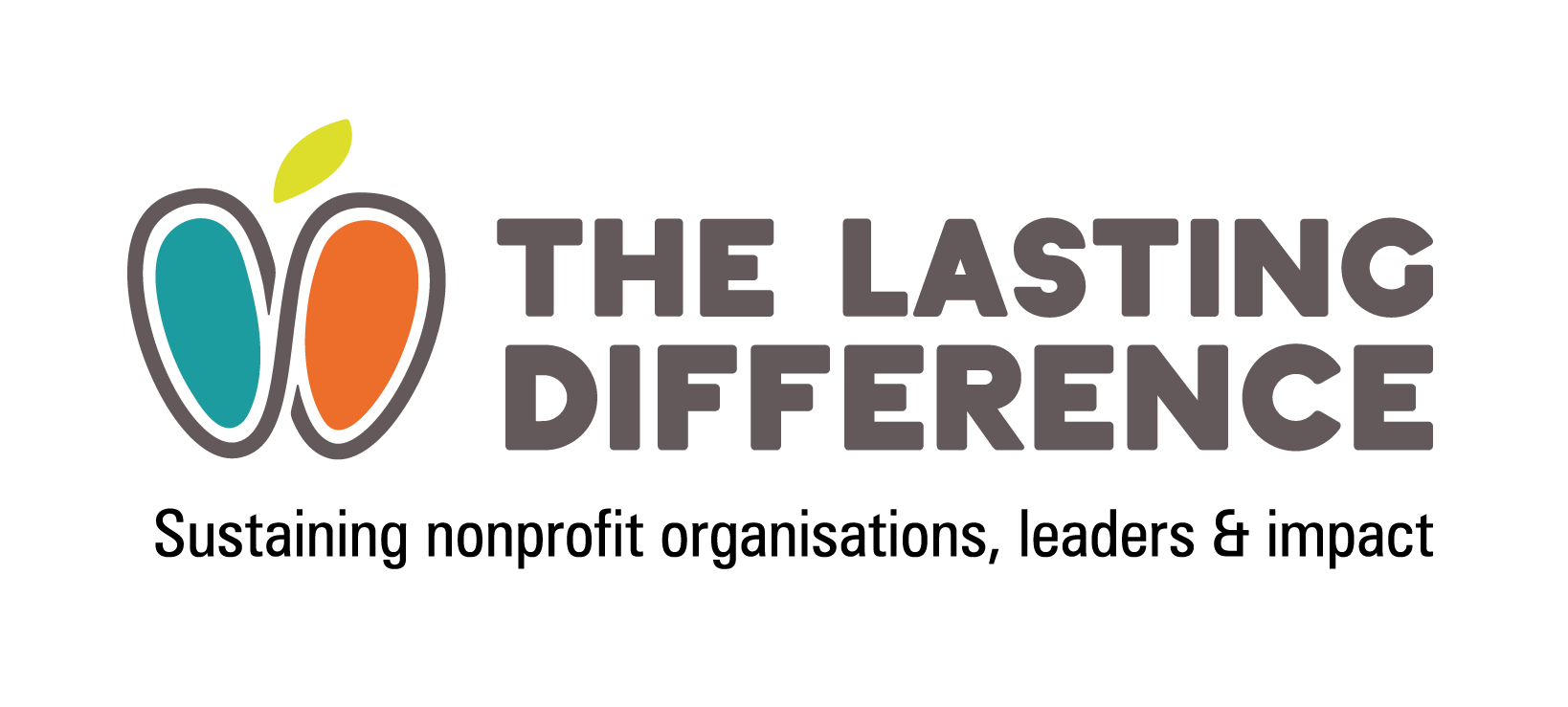As any fan of the BBC’s Repair Shop knows, the things that stand the test of time aren’t those that are the most solidly built. They’re those that have been cared for. The same goes for our charities.
In our recent online workshop series, participants described surviving recent turmoil by involving people, innovating and improving. These are the same capabilities we’ll need in future too.
The workshops explored the principles of sustainable organisations, then the practices, before concluding with exit strategies and lasting impact. The key moment for me as the facilitator came during the second workshop on the five ‘sustainability capabilities’.
As the workshop started, I asked people what was on their minds right now. Probably unsurprisingly, income generation was top of the list, with nearly half of the votes. A third of people said innovation and about half that many said impact measurement. By the end of the workshop however, innovation was the main concern, followed equally by involvement and improvement. Income generation came last.
What changed? We realised that income generation, vital as it is, is impossible without the other four capabilities.
If you don’t involve participants and partners, how do you know what they want? How do you innovate without their ideas? How can you measure the impact you have had? If you’re not doing impact measurement, how do you know what needs to be improved? And if you’re not innovating or improving, forget income generation, why does your charity even exist?
Covid didn’t bring our charities new challenges. It intensified the ones we’ve always had. It also brought opportunities. We reached people in new ways, changed how we work, and how we care for each other as humans, colleagues and communities. That’s what helps us stand the test of this and any other time.
Graeme Reekie
[This blog was originally written for the Corra Foundation / Scottish Government ‘Children and Young People’s Early Intervention Fund’ and ‘Adult Learning and Empowering Communities’ Fund.]
